What is the cadence and why is it so important
If you're not very skilled at cycling, if you're just starting out and you think it's just pedalling, we'll tell you that it is, but it's not. It's all about pedalling, but doing it well. How to pedal, how to do it correctly in style and rhythm, is what we usually call cadence, and today we'll explain to you why it's so important.
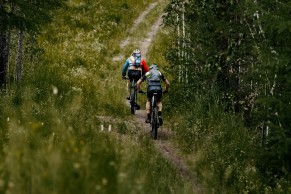
Cadence, the great enigma
We can try to explain it in the simplest way possible: the cadence is the rhythm at which you pedal, in other words, the cadence is if your pedalling is happy but with a slight development; or it is a heavy pedalling with a hard development. What is ideal? How should you do it? How does that improve a cyclist?
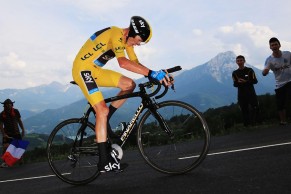
RECOMENDADO

How to wash your cycling clothes? 10 keys to make them always look new
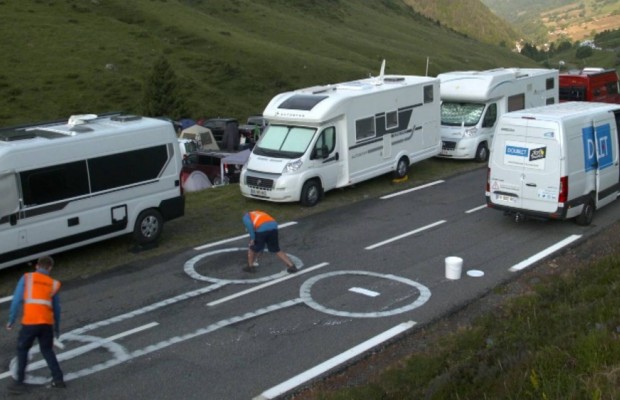
This is how they erase the penises that are drawn on the roads of the Tour de France
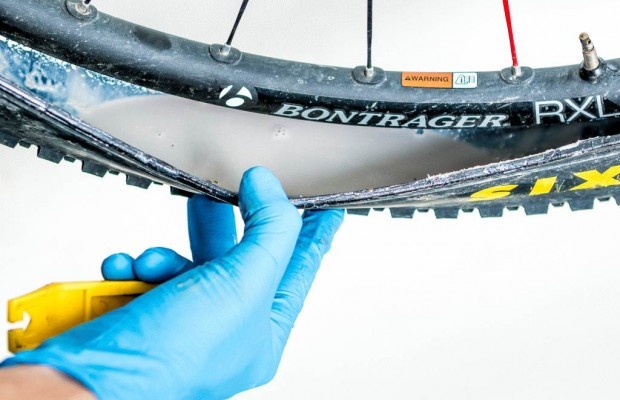
When must the tubeless tire sealant be replaced? What quantity?

Free alternatives to Zwift
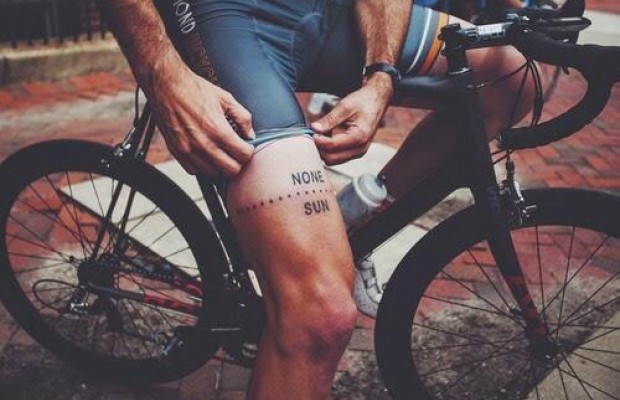
Guidelines for a perfect and safe tanned cyclist

How much money a cyclist can make in the Tour de France 2024?
By determining the number of revolutions and pedalling per minute, you can find out what kind of cyclist you are and what control you have over the cadence. If you see a big event, or a cycling road race, you will see that the cadence is very high. Above all, in those first stages, which are usually flat and leg-breaking, you can see how the peloton carries a joy in pedalling that seems even exaggerated. Well, this rhythm is estimated at about 100 revolutions per minute.
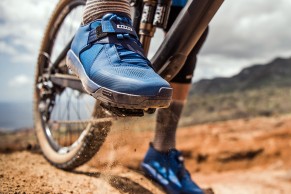
On the other hand, if you pay attention to a mountain stage, with several passes, you will see that everyone here has his own rhythm. In fact, many cyclists, good climbers, even keep that cadence, those almost 100 revolutions per minute.
Of course, you can't pretend to achieve that cadence, but if your average cadence is about 60 revolutions per minute, which is the complete turn of a crank, the basic intention, to understand us, is that you keep it as long as possible, no matter the sections, just playing with the development.
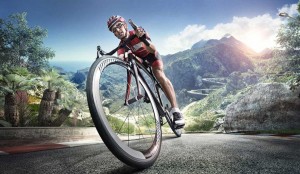
Why it is important to know your cadence and to focus on it
In the end, what we look for as cyclists, is to control a power, a few watts that you put into the bike. And those watts are largely determined by your cadence.
But above all, because pedalling at a higher or lower cadence than is ideal for you has a detrimental effect on your performance and your recovery. Cycling at a slower pace than required requires you to strain your muscles unnecessarily, overloading them or even running the risk of injury.
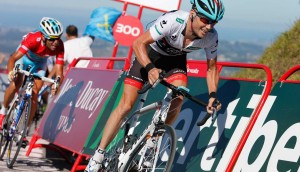
A too high cadence exposes two very important systems of your organism: it demands more from your motor system, especially in the articular joints; and it demands more from your cardiovascular system, which works over the top. Moreover, if it is even exaggeratedly light, it can even reduce efficiency: think that in part of your pedalling you are not putting in any power or very low levels. Come on, you're turning the pedals without putting any pressure on them.
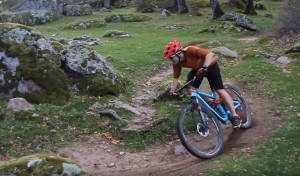
Any decent GPS gives you cadence values, but there's a rustic but useful way to find out: time one minute and count how many complete pedals you give.
There is no ideal cadence, it's a matter of knowing yours, the right one for you and for your state of form. And remember: knowing your ideal cadence makes you a much better cyclist, because you will know at all times whether you are in balance at your own pace or whether you are squeezing or slowing down. It requires concentration, but it will make you a better cyclist, no doubt about it.